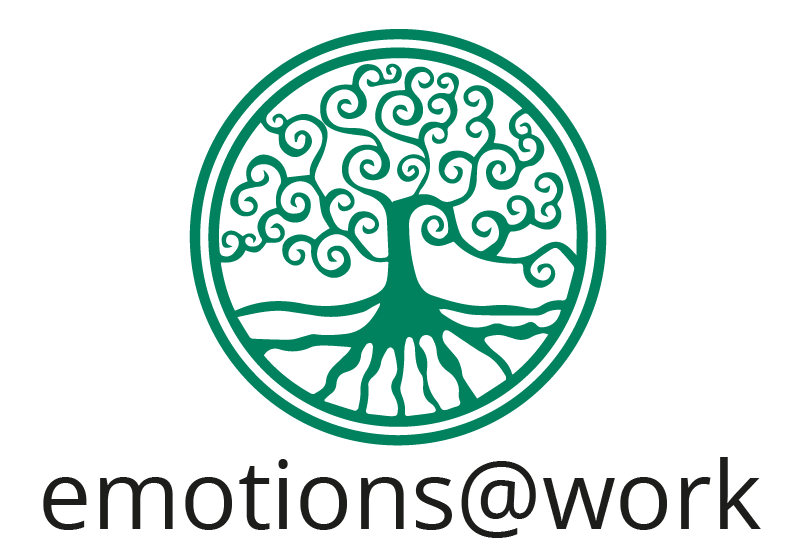We all have a distinctive mental model that defines our perception of failure. This mental architecture on how we understand failure or apparent failure has a direct correlation on how we are set up for future success.
So how does this mental architecture work and why does it define our future? It all starts with the attribution theory and the neurobiological compensation we get from the stories we tell ourselves about failure.
Internal and External Attribution
Attributions, internal and external, are inferences we make about the causes of events and behavior. As human beings, we revert to attribution to understand experiences and make sense of the surroundings, such attributions will then influence the way we interact with the environment.
When dwelling on internal attributions we identify ourselves with the result of an event. We then conclude that the situation is due mainly to personal factors such as abilities, skills and feelings. In the case of external attributions, we infer that events are derived from situational factors.
As with all other lines of thought, people who mentally identify failure with a negative internal attribution will approach challenges confused and with a fearful angle. If the attribution is positive their approach to new decisions and challenges takes on a totally different perspective.
Neurological Compensation
To change this mental architecture, in which we attribute personal characteristics to failure and freeze our potential for future success, we need to understand that there is a neurological component imbedded into our human nature that rewards narrative.
As humans, we are physically hard wired to make sense of a situation (failure). So, when we perceive threat, the brain will chemically compensate us once a mental story is created, even if the narrative is inaccurate. In modern days, threat manifests as anxiety, fear or distress, therefore the stories we tell ourselves try to make logic of an uncomfortable situation.The main problem with these narratives is that they shape the way we confront and interact with the world.
Confronting Fear through Awareness
Research shows that almost 99% of the mental scenarios we create will never happen. Therefore, we need to work on a new narrative that dictates positive reactions to experiences we consider threatening. So here is the advice: change the mindset to stop anticipating fictional outcomes on situations perceived as failure.
There are several techniques that can help with rewriting our mental scripts.
Using The Work, a methodology developed by Byron Katie, in which the individual is challenged to notice, write, question and turn thoughts around under the premise that when we questions thoughts they lose power over us.
Brené Brown also talks about challenging our mental stories in her book Rising Strong. She proposes that we constantly “test” our mental stories, emphasizing that a story with limited factual data points filled with own values, ideas and beliefs is by definition a conspiracy. A conspiracy will then produce a confabulation, which is defined as a lie told honestly, in this case, the lies we tell ourselves created by our mental dialogues.
We can also test our stance to failure by asking friends and colleagues to visualize a situation in which failure was experienced and to explain their mental abstract picture when hitting bottom. The experiences of participants will stretch from the feeling of falling into murky waters, a black hole or quick sands, to bouncing back from a trampoline or a waterbed. Once we are aware of the differences of perceived failure we have a chance to change and reshape it.
Conclusion
By becoming aware of the mental architecture that dictates the way we interact with failure we take an active position into eliminating the constraints derived from our mental scripts. By doing so we can steer our future path and our relationship with perceived failure. So, let’s challenge our narrative!
FURTHER REPRODUCTION PROHIBITED WITHOUT PERMISSION

